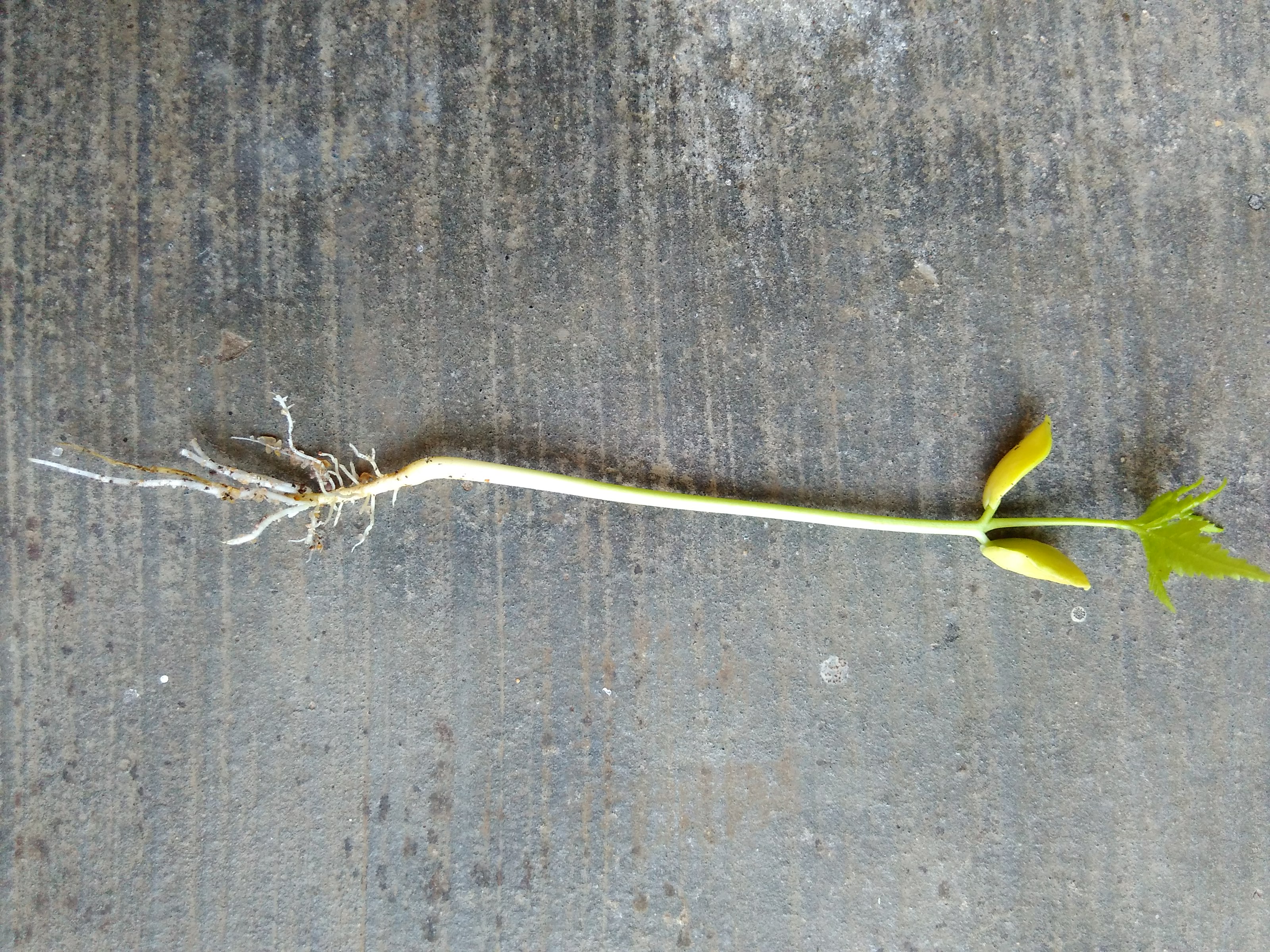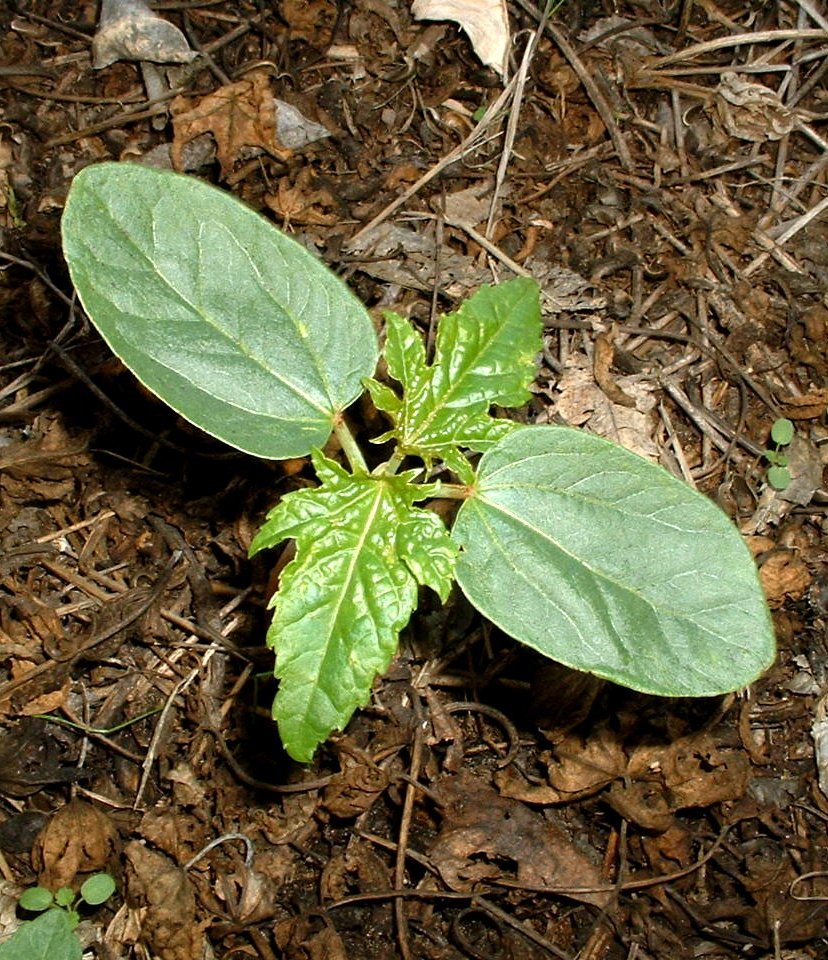Dicotyledon on:
[Wikipedia]
[Google]
[Amazon]

 The dicotyledons, also known as dicots (or, more rarely, dicotyls), are one of the two groups into which all the
The dicotyledons, also known as dicots (or, more rarely, dicotyls), are one of the two groups into which all the
World list of dicot species (a.k.a. Magnoliopsida) from the Catalogue of Life
253,406 species.
Tree browser for dicot orders, families and genera with species counts and estimates via the Catalogue of Life
{{Authority control Historically recognized angiosperm taxa

 The dicotyledons, also known as dicots (or, more rarely, dicotyls), are one of the two groups into which all the
The dicotyledons, also known as dicots (or, more rarely, dicotyls), are one of the two groups into which all the flowering plant
Flowering plants are plants that bear flowers and fruits, and form the clade Angiospermae (). The term angiosperm is derived from the Ancient Greek, Greek words (; 'container, vessel') and (; 'seed'), meaning that the seeds are enclosed with ...
s (angiosperms) were formerly divided. The name refers to one of the typical characteristics of the group: namely, that the seed
In botany, a seed is a plant structure containing an embryo and stored nutrients in a protective coat called a ''testa''. More generally, the term "seed" means anything that can be Sowing, sown, which may include seed and husk or tuber. Seeds ...
has two embryonic leaves or cotyledons. There are around 200,000 species
A species () is often defined as the largest group of organisms in which any two individuals of the appropriate sexes or mating types can produce fertile offspring, typically by sexual reproduction. It is the basic unit of Taxonomy (biology), ...
within this group. The other group of flowering plants were called monocotyledons (or monocots), typically each having one cotyledon. Historically, these two groups formed the two divisions of the flowering plants.
Largely from the 1990s onwards, molecular phylogenetic
Molecular phylogenetics () is the branch of phylogeny that analyzes genetic, hereditary molecular differences, predominantly in DNA sequences, to gain information on an organism's evolutionary relationships. From these analyses, it is possible to ...
research confirmed what had already been suspected: that dicotyledons are not a group made up of all the descendants of a common ancestor (i.e., they are not a monophyletic
In biological cladistics for the classification of organisms, monophyly is the condition of a taxonomic grouping being a clade – that is, a grouping of organisms which meets these criteria:
# the grouping contains its own most recent co ...
group). Rather, a number of lineages, such as the magnoliids and groups now collectively known as the basal angiosperms, diverged earlier than the monocots did; in other words, monocots evolved from within the dicots, as traditionally defined. The traditional dicots are thus a paraphyletic
Paraphyly is a taxonomic term describing a grouping that consists of the grouping's last common ancestor and some but not all of its descendant lineages. The grouping is said to be paraphyletic ''with respect to'' the excluded subgroups. In co ...
group.
The eudicots are the largest monophyletic group within the dicotyledons. They are distinguished from all other flowering plants by the structure of their pollen
Pollen is a powdery substance produced by most types of flowers of seed plants for the purpose of sexual reproduction. It consists of pollen grains (highly reduced Gametophyte#Heterospory, microgametophytes), which produce male gametes (sperm ...
. Other dicotyledons and the monocotyledons have monosulcate pollen (or derived forms): grains with a single sulcus. Contrastingly, eudicots have tricolpate pollen (or derived forms): grains with three or more pores set in furrows called colpi.
Comparison with monocotyledons
Aside from cotyledon number, other broad differences have been noted between monocots and dicots, although these have proven to be differences primarily between monocots and eudicots. Many early-diverging dicot groups have monocot characteristics such as scattered vascular bundles, trimerous flowers, and non-tricolpatepollen
Pollen is a powdery substance produced by most types of flowers of seed plants for the purpose of sexual reproduction. It consists of pollen grains (highly reduced Gametophyte#Heterospory, microgametophytes), which produce male gametes (sperm ...
. In addition, some monocots have dicot characteristics such as reticulated leaf veins.
Classification
Phylogeny
The consensusphylogenetic tree
A phylogenetic tree or phylogeny is a graphical representation which shows the evolutionary history between a set of species or taxa during a specific time.Felsenstein J. (2004). ''Inferring Phylogenies'' Sinauer Associates: Sunderland, MA. In ...
used in the APG IV system shows that the group traditionally treated as the dicots is paraphyletic
Paraphyly is a taxonomic term describing a grouping that consists of the grouping's last common ancestor and some but not all of its descendant lineages. The grouping is said to be paraphyletic ''with respect to'' the excluded subgroups. In co ...
to the monocots:
Historical
Traditionally, the dicots have been called the Dicotyledones (or ''Dicotyledoneae''), at any rank. If treated as a class, as they are within theCronquist system
The Cronquist system is a list of systems of plant taxonomy, taxonomic classification system of angiosperms, flowering plants. It was developed by Arthur Cronquist in a series of monographs and texts, including ''The Evolution and Classification of ...
, they could be called the Magnoliopsida after the type genus '' Magnolia''. In some schemes, the eudicots were either treated as a separate class
Class, Classes, or The Class may refer to:
Common uses not otherwise categorized
* Class (biology), a taxonomic rank
* Class (knowledge representation), a collection of individuals or objects
* Class (philosophy), an analytical concept used d ...
, the Rosopsida (type genus ''Rosa''), or as several separate classes. The remaining dicots ( palaeodicots or basal angiosperms) may be kept in a single paraphyletic
Paraphyly is a taxonomic term describing a grouping that consists of the grouping's last common ancestor and some but not all of its descendant lineages. The grouping is said to be paraphyletic ''with respect to'' the excluded subgroups. In co ...
class, called Magnoliopsida, or further divided. Some botanists prefer to retain the dicotyledons as a valid class, arguing its practicality and that it makes evolutionary sense.
APG vs. Cronquist
The following lists show the orders in the Angiosperm Phylogeny Group APG IV system traditionally called dicots, together with the olderCronquist system
The Cronquist system is a list of systems of plant taxonomy, taxonomic classification system of angiosperms, flowering plants. It was developed by Arthur Cronquist in a series of monographs and texts, including ''The Evolution and Classification of ...
.
Dahlgren and Thorne systems
Under the Dahlgren and Thorne systems, the subclass name ''Magnoliidae'' was used for the dicotyledons. This is also the case in some of the systems derived from the Cronquist system. These two systems are contrasted in the table below in terms of how each categorises by superorder; note that the sequence within each system has been altered in order to pair corresponding taxa The Thorne system (1992) as depicted by Reveal is: There exist variances between the superorders circumscribed from each system. Namely, although the systems share common names for many of the listed superorders, the specific list orders classified within each varies. For example, Thorne's ''Theanae'' corresponds to five distinct superorders under Dahlgren's system, only one of which is called ''Theanae.''See also
* CalycifloraeReferences
External links
World list of dicot species (a.k.a. Magnoliopsida) from the Catalogue of Life
253,406 species.
Tree browser for dicot orders, families and genera with species counts and estimates via the Catalogue of Life
{{Authority control Historically recognized angiosperm taxa